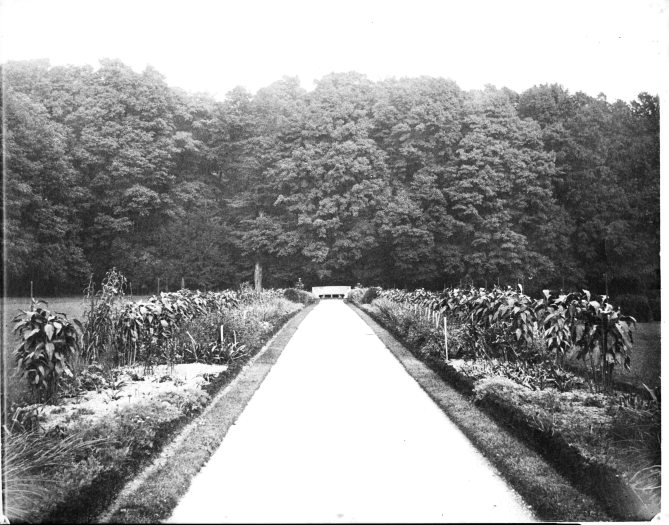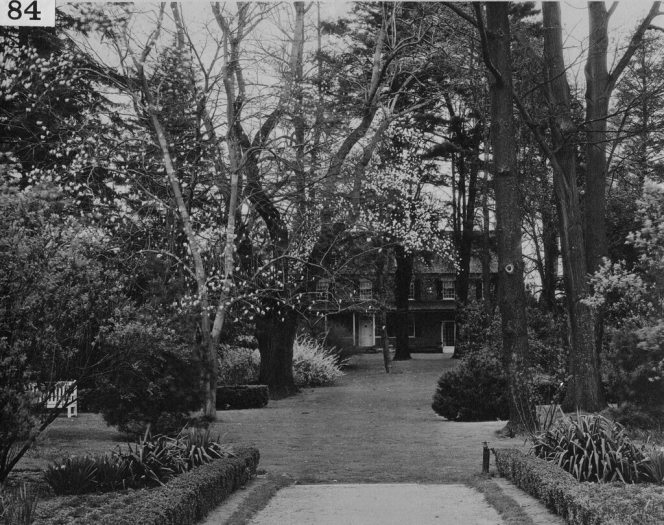From April until the first frost, Flower Garden Walk comes alive with 600 feet of dazzling hues and botanical forms. One of our most popular (and most photographed) spaces, this was Longwood’s very first garden, designed by founder Pierre S. du Pont (1870-1954) soon after he purchased the property. Looking for more inspiration? Head south at the Round Fountain (another Longwood first!) down the stairs to the Compartment Gardens where the Square Fountain, spring-blooming wisteria and peonies, and more await your arrival.
Please note: The water features of these gardens can be enjoyed from mid-April until mid-October.
About This Garden
Flower Garden Walk
Like all of our gardens, Flower Garden Walk takes a tremendous amount of behind-the-scenes work to achieve a constant display of harmonious color and design. During peak seasons, we change out 95 percent of the existing flowers, making way for exciting twists to our horticultural vision. Beginning in April, sweeps of 125,000 tulips, daffodils, ornamental onion, foxglove, fritillaries, Spanish bluebells, and more come into bloom. Summertime brings favorite annuals combined with grasses, native perennials, and showy tropical foliage and flowers. As the days shorten, our gardeners replace out-of-season plants with fall-blooming goldenrod, sage, chrysanthemums, and asters that remain in the garden through frost. It’s a lot of fun seeing it come to life and evolve, and nothing makes us happier than seeing our guests snap pictures of their loved ones in front of the blooms.
As you wander this area of Longwood, don’t forget to look up and enjoy an array of grand, stately trees, including a magnificent allée of 27 towering bald-cypresses (Taxodium distichum), planted by the Peirce family in the 19th century as well as Pierre many years later. Depending on where you start your stroll, you can have a quiet conversation upon the Whispering Bench to the east, or find yourself a shady seat at Dogwood Plaza on the western terminus of the walk.


























